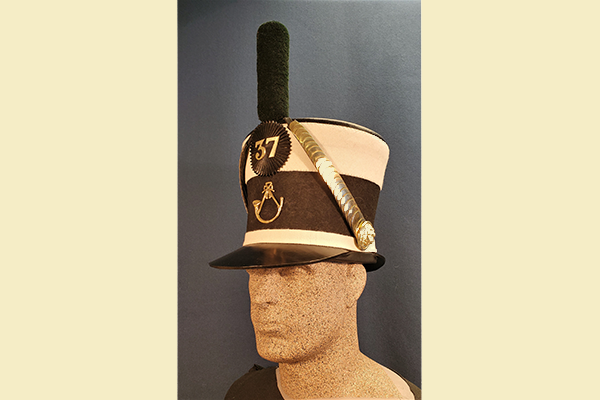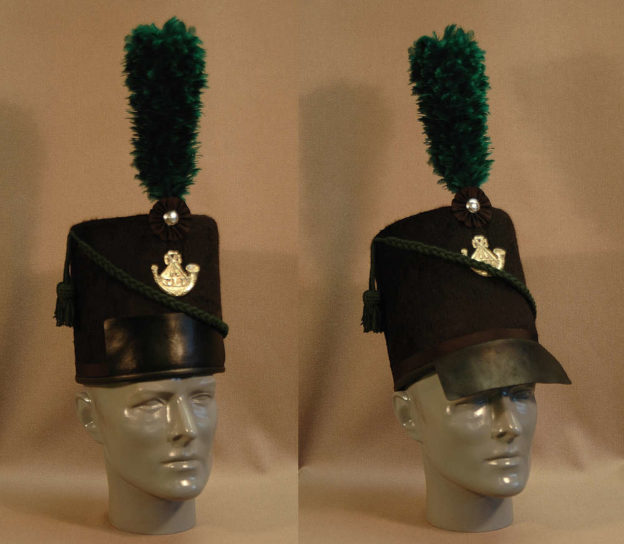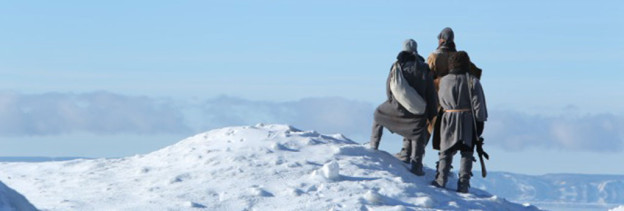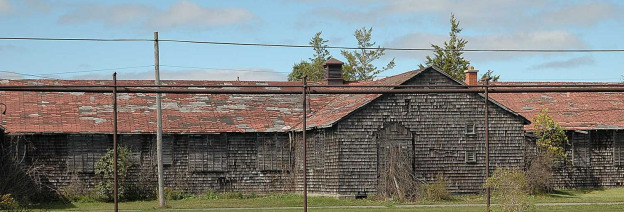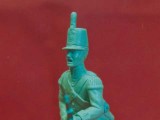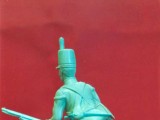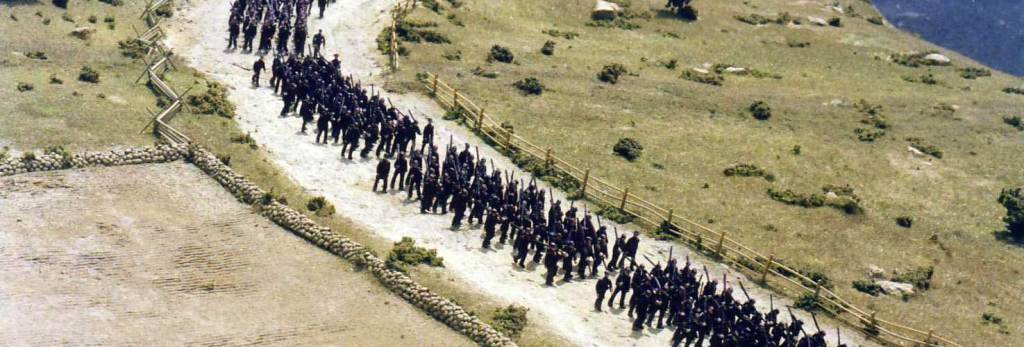Part 3 of the History of the British Infantry Shako
In August of 1815, while the Army of Occupation camped in the Bois de Boulogne, a new model cap was introduced for the British infantry. Since 1812, the influence of foreign army’s headdress designs had become immensely obvious. British cavalry regiments almost universally altered their headgear to the same profile as their French equivalents — despite Wellington’s utter disapproval. The flared leather top shako had also become the dominant fashion for the infantry. Although many armies used this look, when it was introduced into Great Britain’s army, the style was described as “Prussian.”
Continue reading
